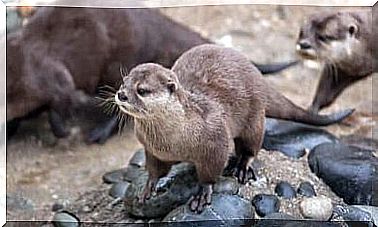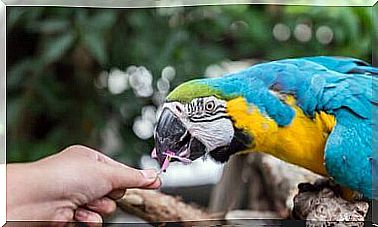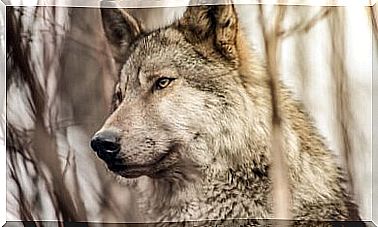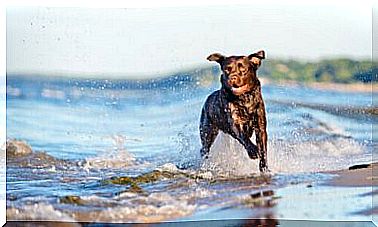Top 6 Animal Documentaries

The planet is so vast and rich in animal and plant species that new living beings continue to be discovered and studied. The best documentaries about animals demonstrate the consequences of some problems that affect the lives and ecosystems of many animal species.
Climate change, poaching and man-made pollution generate a steady increase in species loss every day. For this reason, many activists and documentarians have taken it upon themselves to tell the reality of many animals. Below you will find the 6 best animal documentaries.
1. Cowspiracy – Kip Andersen and Keegan Kuhn (2014)
This graphic piece aims to explain, based on the trip of an ecologist, the search for an answer to the problem of meat consumption and the effects that the meat industry has on the planet. Without a doubt, the data presented here are dismal.
This is how the documentary shows the consequences of extensive cattle raising, with special emphasis on deforestation and pollution. It lasts 91 minutes and includes the opinion of various environmental organizations on several of the topics covered.

2. Earth – Yann Arthus – Bertrand and Michael Pitiot (2016)
This is one of the best animal documentaries ever made, as it exposes in the foreground the relationship between nature and human beings. Terra shows how some species – such as the elephant or the rhinoceros – see their existence limited to protected reserves in order not to become extinct.
The documentary conveys the central idea that the planet has limited resources. Furthermore, it exposes the increase in the consumption of animals by humans and the consequences of the extension of livestock, mainly due to the invasion of ecosystems by foreign species . It was a documentary well received by critics, as it leaves an open conclusion for the viewer.
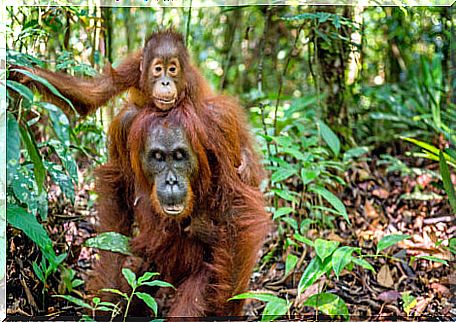
3. Colombia Wild Magic – Mike Slee (2015)
This is a documentary that —with many contrasts— shows the enormous environmental wealth that Colombia has, the second country with the greatest biodiversity in the world. During 90 minutes, the spectator will be able to appreciate the different climates and landscapes of this Andean country.
The film was inspired by the documentary Home, released in 2009, which did not have the participation of Colombia in the countries that were able to show their natural resources. It focuses on raising awareness of the importance of water resources and displays a total of 38 species and 20 ecosystems on screens.

4. Blackfish – Gabriela Cowperthwaite (2013)
This documentary was very well received by critics. He exposes the cruelty and deadly consequences of keeping orcas in captivity, forcing them to perform tricks in exchange for food. The story tells the 3 incidents caused by Tilikum, an orca from the American marine park SeaWorld.
For 83 minutes we followed how Tilikum was forced to live with other species that did not belong to his family group and to spend more than 14 hours a day in small tanks without light. Some experts claimed that these conditions spawned his psychotic behavior, which led him to kill 3 people in 20 years.
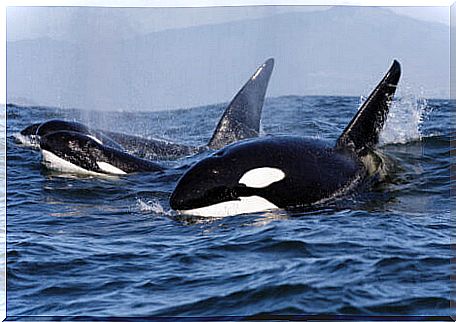
5. The Cove – Louie Psihoyos (2009)
It is a documentary that shows the devastating consequences of the annual dolphin hunt in Taiji National Park, Japan. According to the viewpoint of critics of this event, more than 23,000 dolphins are killed each year. Among the recognitions he received, an Oscar in 2010 stands out in the category “Best Documentary”.
The story chronicles the perspective of Ric O’Barry, a former dolphin trainer who, along with a research team, filmed and opened the world’s eyes to this killing. This act is performed to capture some specimens and sell them to aquariums or, in the worst case, sell their meat.
However, the film also tells stories showing that the Japanese were unaware of this activity, in addition to emphasizing the high levels of mercury contained in the meat of this cetacean. At the end of the film, the assumption is stated that Japan bought votes in the International Whaling Commission (CIB) to support the continuation of this activity.

As you have seen, in most cases, documentaries try to reproduce the reality that animals face in their struggle for survival in a world dominated by humans. We invite you to watch our suggestions to draw your own conclusions and help with small actions to reduce problems such as pollution and climate change.
